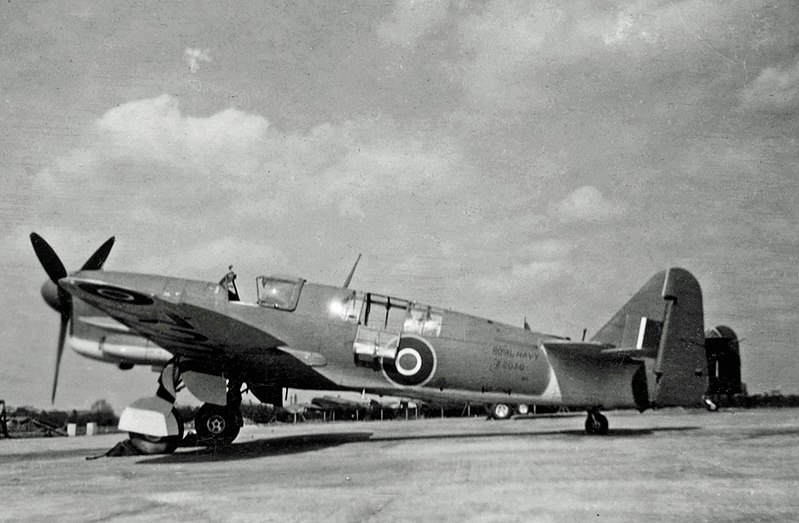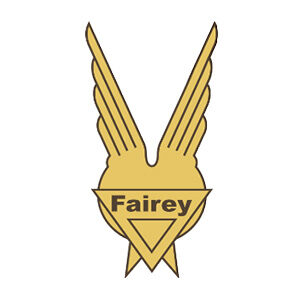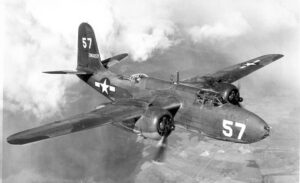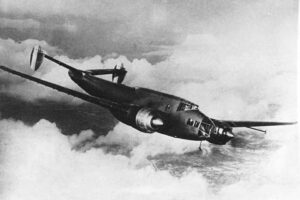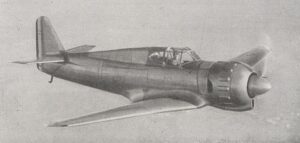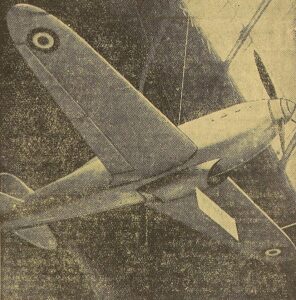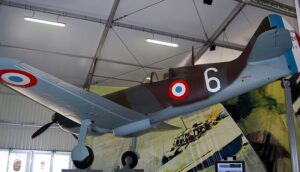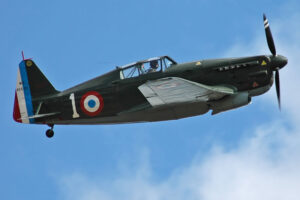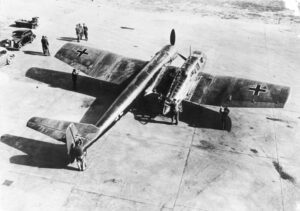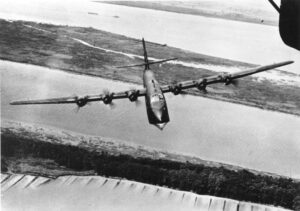Time Period: World War II
Country of Origin: United Kingdom
Type: Fighter Aircraft (Carrier-borne, Strike), Reconnaissance and Surveillance (Aerial)
Manufacturer: Fairey Aviation Company
Fairey Firefly Aircraft Overview
The Fairey Firefly was a British carrier-borne fighter aircraft that was designed and built by the Fairey Aviation Company in the late 1940s. It was developed to replace the aging Fairey Fulmar and was intended to provide the Royal Navy with a modern fighter that was capable of performing a variety of roles.
The Firefly had a low-wing monoplane design and was powered by a Rolls-Royce Griffon engine. It was armed with four 20mm Hispano cannons and could also carry rockets, bombs, and torpedoes. The aircraft had a top speed of around 390 mph and a range of approximately 900 miles.
The Firefly first entered service with the Royal Navy in 1943 and saw extensive service during World War II, particularly in the Pacific theater. It was used primarily for ground attack and anti-shipping duties, but also proved effective against enemy fighters. The Firefly also saw service in the Korean War and was used by several other countries, including Australia, Canada, and the Netherlands.
Despite its success in combat, the Firefly was gradually replaced by more advanced fighters such as the Hawker Sea Fury and Supermarine Attacker. The last Fireflies were retired from service in the late 1950s. A total of 1,702 Fireflies were produced between 1941 and 1955, making it one of the most successful British carrier-borne fighter aircraft of the post-World War II era.
Fairey Firefly Mk 4/5/6 Specifications
- Crew: 2
- Length: 37 ft 11 in (11.56 m)
- Wingspan: 41 ft 2 in (12.55 m)
- Width: 13 ft 6 in (4.11 m) wings folded
- Height: 14 ft 4 in (4.37 m), including prop disc
- Wing area: 330 sq ft (31 m2)
- Empty weight: 9,674 lb (4,388 kg)
- Gross weight: 12,727 lb (5,773 kg) stripped for fighter mission, 13,479 lb (6,114 kg) normal.
- Max takeoff weight: 15,615 lb (7,083 kg) with two drop-tanks
- Powerplant: 1 × Rolls-Royce Griffon 74 V-12 liquid-cooled piston engine, 2,300 hp (1,700 kW) for take-off
- Propellers: 4-bladed Rotol constant-speed propeller
Fairey Firefly Mk 4/5/6 Performance
- Maximum speed: 367–386 mph (591–621 km/h, 319–335 kn) at 14,000 ft (4,267 m)
-
-
-
- 330 mph (287 kn; 531 km/h) at sea level
-
-
- Cruise speed: 209 mph (336 km/h, 182 kn)
- Range: 760 mi (1,220 km, 660 nmi) on internal fuel at 209 mph (182 kn; 336 km/h)
- Ferry range: 1,335 mi (2,148 km, 1,160 nmi) with 2 90 imp gal (110 US gal; 410 l) drop-tanks at 209 mph (182 kn; 336 km/h)
- Service ceiling: 31,900 ft (9,700 m)
- Time to altitude:
-
- 5,000 ft (1,524 m) in 3 minutes 36 seconds
- 10,000 ft (3,048 m) in 7 minutes 9 seconds
- 20,000 ft (6,096 m) in 10 minutes 30 seconds
- Wing loading: 43 lb/sq ft (210 kg/m2)
- Power/mass: 0.164 hp/lb (0.270 kW/kg)
Fairey Firefly Mk 4/5/6 Armament
- Guns: 4 × 20 mm (0.787 in) Hispano Mk.V cannon
- Rockets: maximum 16x RP-3 60 lb (27.2 kg) rockets on 8 × zero-length launchers
- Bombs: maximum 2x 1,000 lb (454 kg) on underwing pylons

